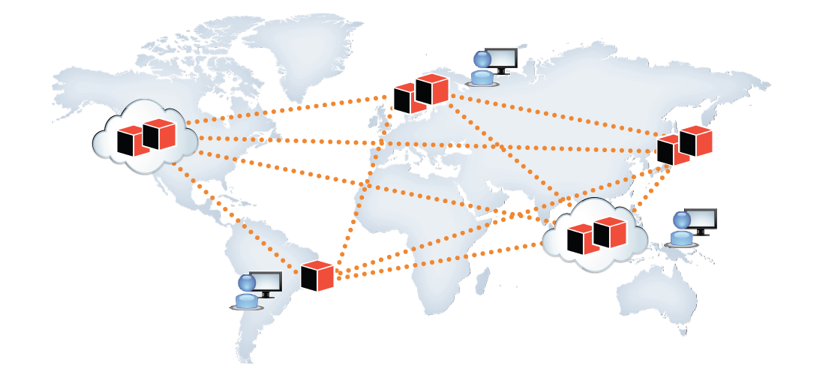Is Asia the crouching tiger of transmedia?
The Asian region is poised to take the transmedia world by storm, judging by the number of innovative story forms emerging across Asia. Even though Europe and North America had a head start in launching the first crop of transmedia productions, Asia is now fast catching up.
Singapore, in particular, has seen a jump in transmedia productions, like Dream Defenders by Tiny Island Productions, a program that started as a 3D animation series and is now expanding into the 360 domain. Two other Singapore production houses, Oak3 Films and Xtreme Media, launched Terrorville an interactive multi-platform drama series, originally aimed at the Philippines market. Oak3’s Head of Content Jason Lai describes transmedia as:
“…a natural progression of what we’ve been doing for the last ten to twenty years, which is essentially tell stories.”
Tiny Island Productions, Oak3 Films and The Moving Visuals Company are just some of the Singaporean enterprises building capacity in the transmedia domain. The Singapore Media Development Authority and the Singapore Media Academy have played leadership roles in promoting transmedia in Singapore by supporting these productions and promoting skills development.
Other hot spots in Asia include South Korea, where the growing middle class and proliferation of high-tech companies including technology and communications giant Samsung make it fertile ground for transmedia to grow. In Malaysia, powerhouse satellite TV and radio broadcaster Astro and the leading integrated media company, Media Prima, are both developing and deploying transmedia elements as part of their extensive slate of programming.
China too, with support from Central China Television, looks poised to embrace transmedia and Japan already has a long history of transmedia-style storytelling from the pervasive extension of manga comics into film, television, merchandise and live events, through platforms like Tokyo Pop and others.
One of the benefits of transmedia is being able to export and localize content across different languages and cultural contexts. For example, in Singapore, MediaCorp has used transmedia elements to extend and expand their existing children’s television show, MatYoyo. The program previously only aired in Malay and now there are separate versions in the four main languages, English, Malay, Chinese and Tamil.
One of the most distinctive qualities of Asia, in addition to its tremendous cultural diversity, is the distinctly heterogeneous media landscape. While some countries will make the transition to transmedia easily due to the sophistication of education and technology infrastructure, other countries will need support through training and infrastructure development to become fully transmedia ready.

Filmtools
Filmmakers go-to destination for pre-production, production & post production equipment!
Shop Now












